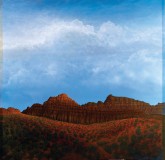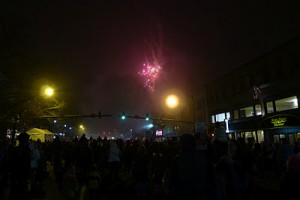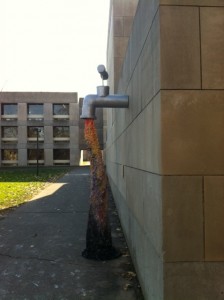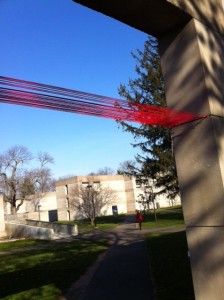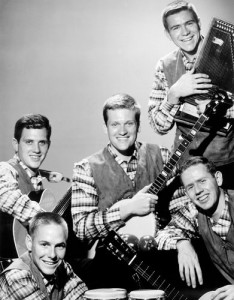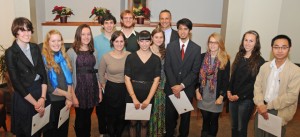In Wesleyan 2020 we have listed several objectives under the overarching goal of “energizing Wesleyan’s distinctive educational experience.” The first of these has to do with refreshing the curriculum by building on strengths. Here is a list of the specific ways in which we’ve committed to do that, with brief comments on how things are going.
1. Develop vibrant first-year program
I have been working with Academic Affairs to develop a consensus on the core elements of what we want students to learn in their first-year seminars. Next year we will able to ensure that our seminars are structured so as to achieve these learning goals, whatever the specific content of the course.
2. Develop meaningful capstone experiences for all students
Last year the faculty passed a resolution to encourage all students to participate in a meaningful senior academic experience. All departments have offerings in this regard, and there are cross-departmental opportunities as well. This semester we have been working on making capstones more visible to students so that everyone has a chance to work on a project that is a transition from Wesleyan to whatever is next.
3. Spur creativity and innovation across the university
Over the past year we have had a series of structured conversations with the board, faculty and students about creativity and innovation at Wesleyan. There are differences of opinion (no surprise) about what counts as creativity and innovation, though everybody seems to think that our university can become even more imaginative and inventive. We will soon post a report on creativity across the curriculum, which may lead to more specific proposals.
4. Develop civic engagement opportunities across the university
We’ve been focused on this for some time now, and I’m pleased with the progress of the Allbritton Center for the Study of Public Life, the Patricelli Center for Social Entrepreneurship and the development of a variety of internship possibilities.
5. Bolster interdisciplinary work in ways that complement departmental strengths
The past few years have seen the flowering of certificate programs that cut across departments, and this year the faculty is considering the possibility of adding minors. This semester I met with the directors of COL, CSS and COE to talk about the strengths of these interdisciplinary colleges. Should we have more interdisciplinary colleges? We’ve also received a major endowment grant to support the Center for the Humanities. But there are difficulties in having the same faculty serve disciplines and these various programs. One person can have many interests, but that person can only be in one place at one time! We are working with Academic Affairs and faculty groups on this tough problem. (Maybe we’ll find a way of bending the laws of physics!)
6. Extend global reach of the curriculum
During my trip to China with Wesleyan colleagues the value of international partnerships became even more apparent. But how should we measure success in this area? Faculty and students are doing more international study. Even American Studies defines itself as “post-national.”
7. Invest in technology to support and inspire academic innovation
We heard some great reports recently on how the Quantitative Analysis Center is using technology in the classroom in very interesting ways. Across the curriculum, are we using technology in a robust way to enliven our classes? We are searching now for a new Chief Information Officer, who should be of help in this regard.
8. Improve assessment mechanisms to regularly monitor student learning
Every department has been asked to consider this issue, and some of them have developed interesting protocols for understanding how students regard what they’ve learned in and out of the classroom. We are also running a pilot with advisors to think about assessment within the advisor-student exchange.
9. Improve course access
We are a university that prizes the learning that goes on in small classes, but that also means that many students won’t have access to the particular class or instructor they want. We have been adding many classes to the curriculum to deal with this issue, but we know there is more work to be done. We are particularly focused on ensuring that students have early access to gateway courses in the most popular areas of the curriculum.
The work to refresh Wesleyan’s curriculum happens every day of the semester as faculty and students work hard at the joint endeavor of learning. Students begin their final exams today, and faculty are already busy writing comments on papers or evaluating experiments and performances. They are already enlivening the curriculum with their creativity, rigor and engagement.




